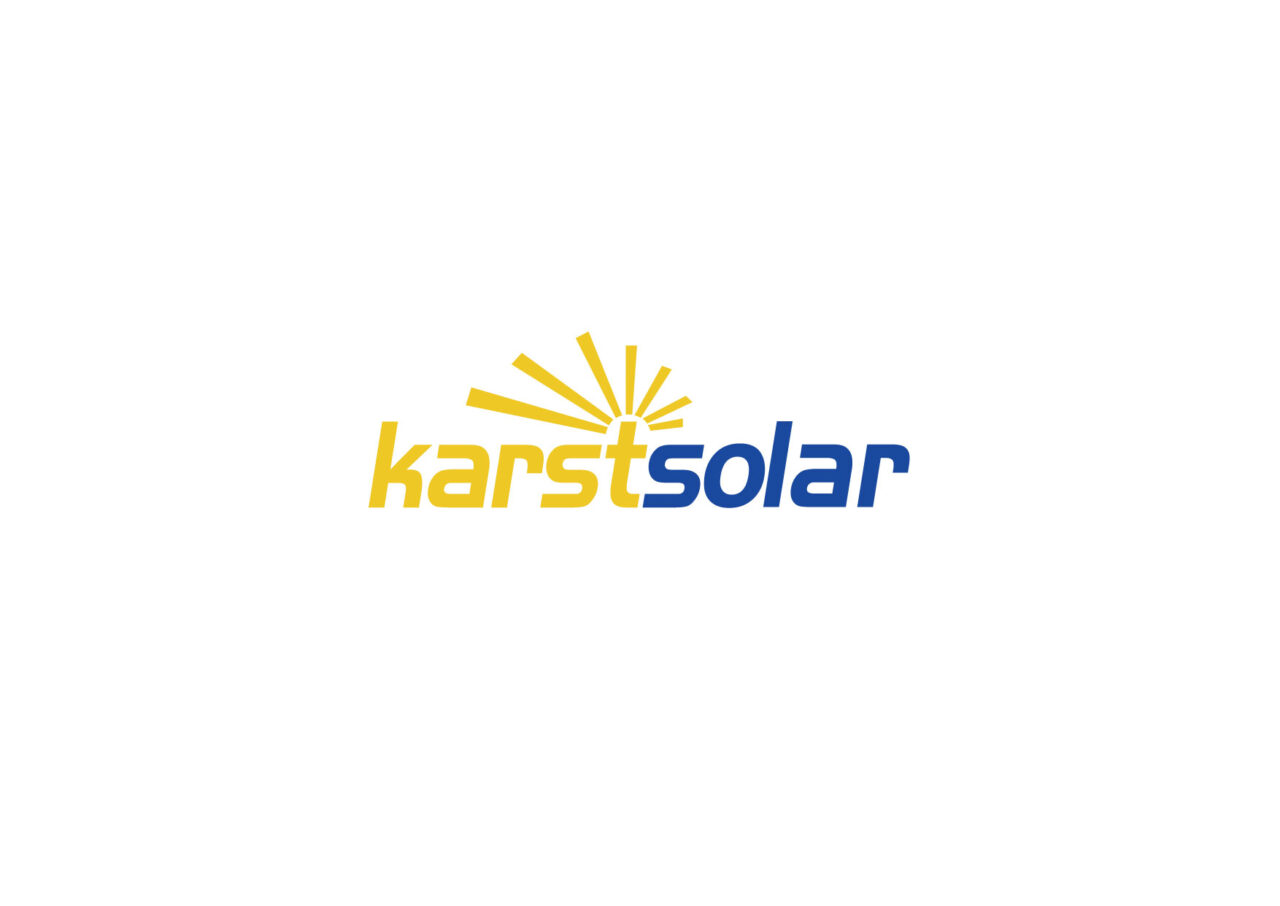According to the energy think tank Ember, Central European countries have the potential to deploy up to 180GW of agri-photovoltaic (APV) projects.
In a study conducted across four Central European countries (Czech Republic, Hungary, Poland, and Slovakia), Ember estimates that agri-photovoltaic photovoltaic power generation deployed above crops that benefit from shading, such as berries, could reach 39GW, and an additional 141GW of photovoltaic power generation could be deployed by placing vertical components between grains.
Among these four countries, the deployment of 180GW of agri-photovoltaic projects could nearly triple the region’s annual renewable electricity production, increasing from 73TWh to 191TWh.

In the four Central European countries, the potential installed capacity for agri-photovoltaic is 180GW, with 39GW capable of being installed above crops that benefit from shading, such as berries.
Combining solar photovoltaic with agricultural land for food production can also bring benefits to crops, increasing the yield of fruits and berries by up to 16%.
Crops that are less shade-tolerant, such as wheat, can still achieve more than 80% of their usual yield. Although there will be some loss of grain, considering that these four Central European countries account for 20% of the EU’s wheat production, farmers can still offset part of their income by selling electricity. Due to the deterioration of farmers’ financial conditions, the impact of climate change, and the fluctuation of fertilizer prices, grain production in these countries, including wheat production, is facing risks.

Agri-photovoltaics can increase crop yields by more than 16%, depending on the type of crop.
These benefits contrast sharply with the recent bans by the Italian government and the government of Ontario, Canada, on installing ground-mounted solar photovoltaic projects on agricultural land. In Italy, the ban aims to protect Italy’s productive agricultural land, a move that could cost the country up to €60 billion ($6.65 billion) in private investment and tax revenue.
Legislation is Key to the Deployment of Agri-Photovoltaics
Legislation is a key factor in Europe to unlock the potential and benefits of agri-photovoltaic projects. However, due to the lack of a unified definition for agri-photovoltaic projects, legislation is needed to address this issue.
The Ember report states that legislation on agri-photovoltaics needs to ensure that agricultural land maintains its original characteristics after the installation of any agri-photovoltaic project, thus continuing to qualify for agricultural subsidies under the Common Agricultural Policy.
Promoting the deployment of agri-photovoltaics requires efficient spatial planning and simplification of permitting and grid-connection procedures.
The report believes that agri-photovoltaic legislation should prioritize and encourage continuous food production, allowing farmers to benefit from agri-photovoltaics, benefiting both food and improving their financial situation.
Dr. Paweł Czyżak, Head of Ember’s Central and Eastern Europe region, said, “Contrary to reducing food production, agri-photovoltaics can actually increase the yield of certain crops. Agri-photovoltaics combine the advantages of power production and food production, promoting energy transformation while protecting valuable agricultural land, benefiting society and the economy. Governments of countries such as the Czech Republic, Hungary, Poland, and Slovakia can seize the opportunities of agri-photovoltaics, simultaneously improving food and energy security, and addressing climate and cost-of-living crises.”
In addition, the report emphasizes that the combined production of food and electricity increases land use efficiency compared to using land solely for food or energy purposes.

The dual use of agriculture and solar photovoltaics can greatly improve land use efficiency.
Despite Italy’s ban on agri-photovoltaic projects, interest in this technology across Europe remains high. Earlier this week, German solar developer SUNfarming announced a 753MW agri-photovoltaic project, which is proof of this. The German developer partnered with energy services company SPIE to design and install the project’s substation, which will span eight regions in eastern Germany, covering an area of 500 hectares.
Ember’s report follows another report by the European Environmental Bureau (EEB). The report points out that by adopting technologies such as agri-photovoltaics, Europe can achieve its net-zero emission targets with a “minimal” impact on land availability.

ENERGIZING YOUR LIFE
Karstsolar, based in Shenzhen, is a company dedicated to solar panel production and international trade. Founded in 2009, Karstsolar boasts extensive experience in solar technology and a remarkable track record in global market expansion. We take pride in delivering efficient and reliable solar solutions to clients worldwide.
